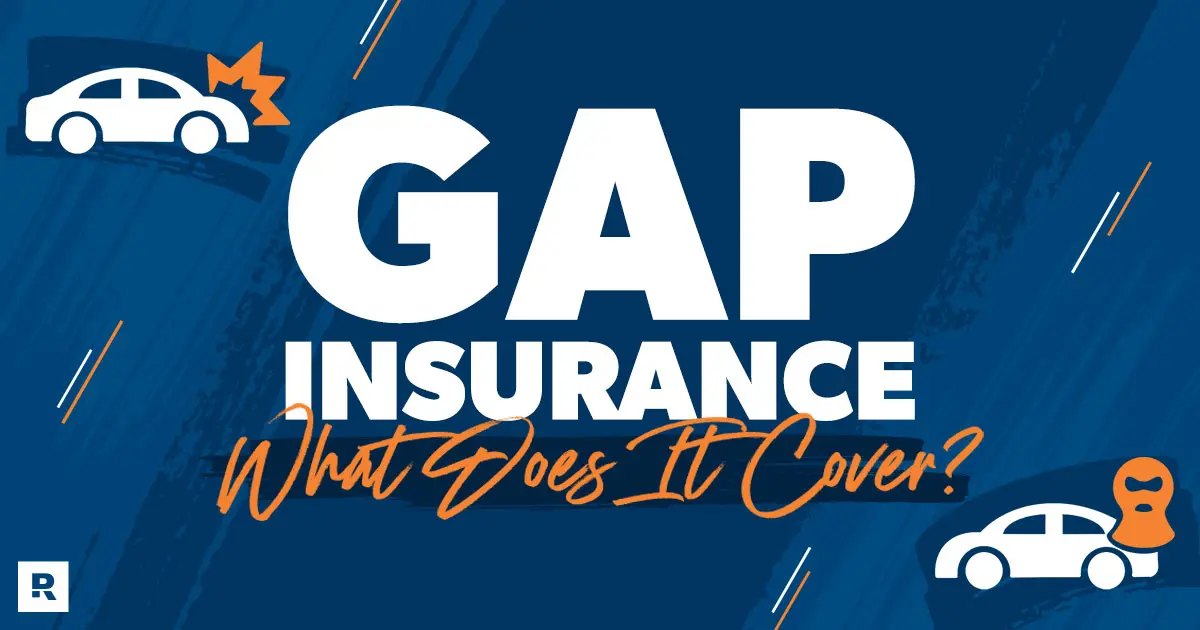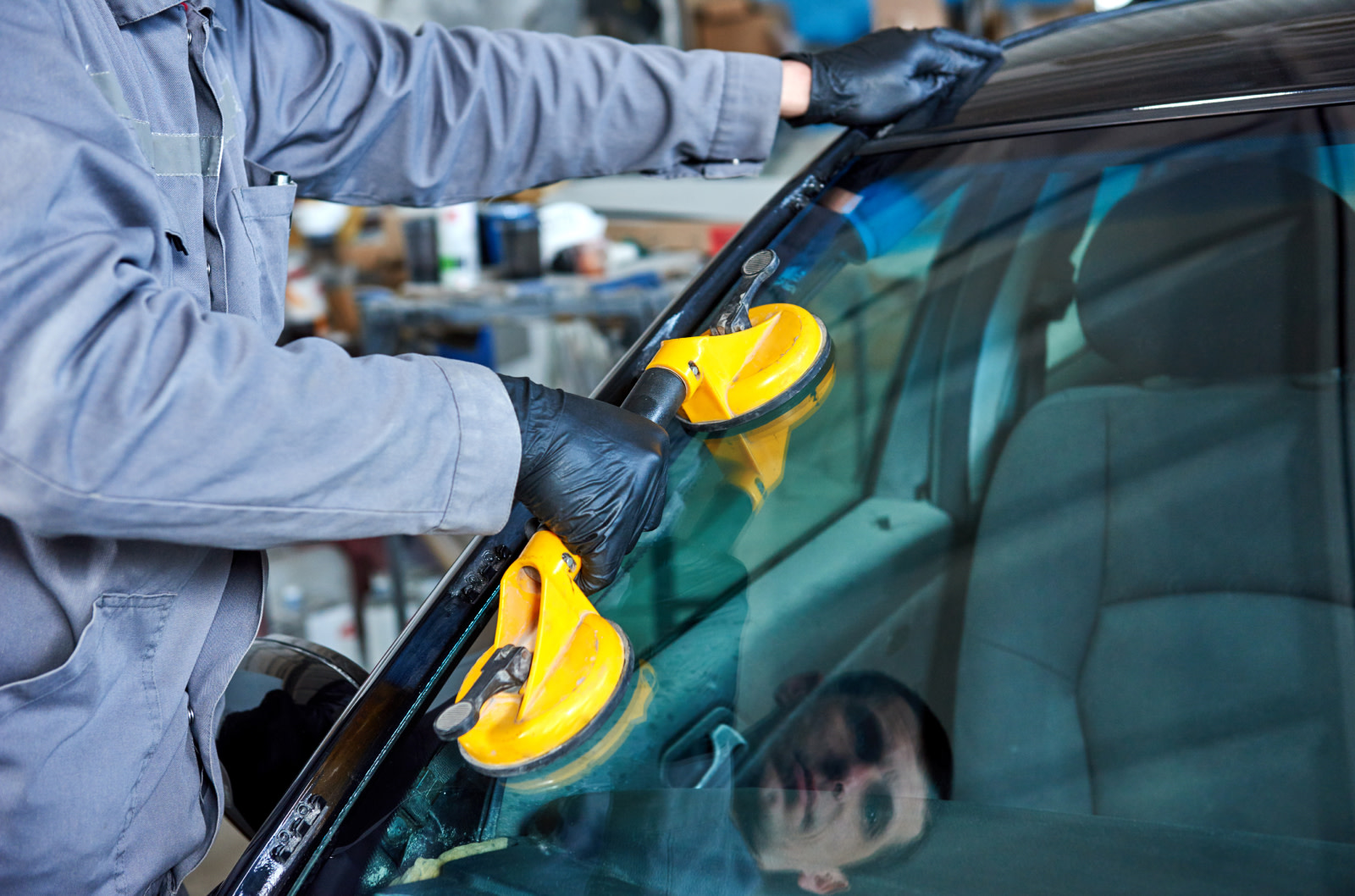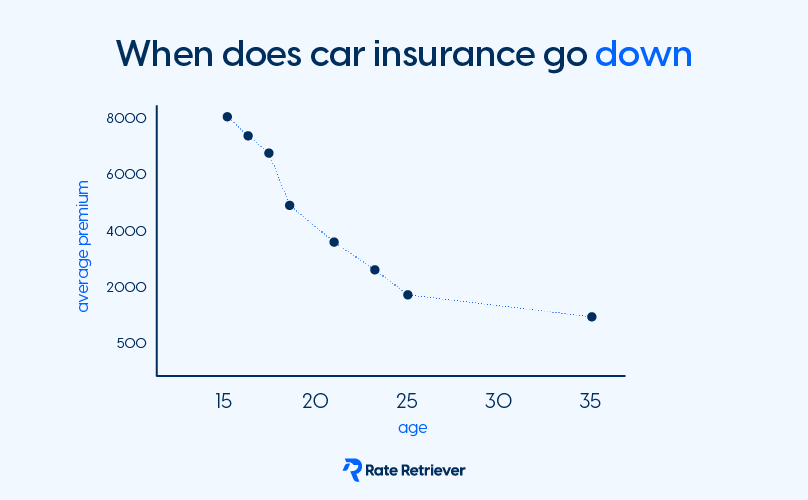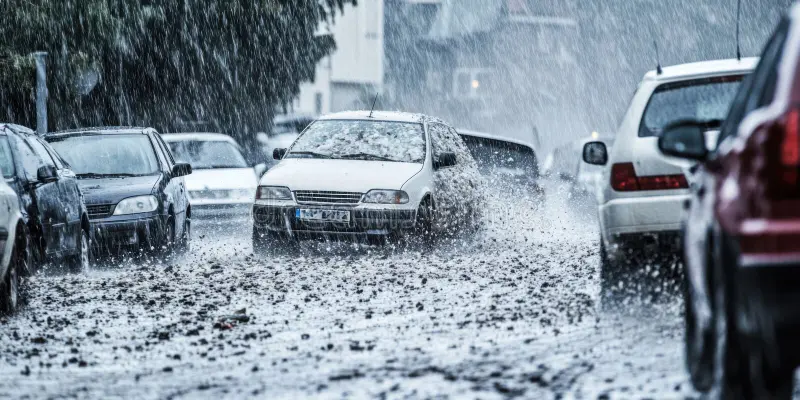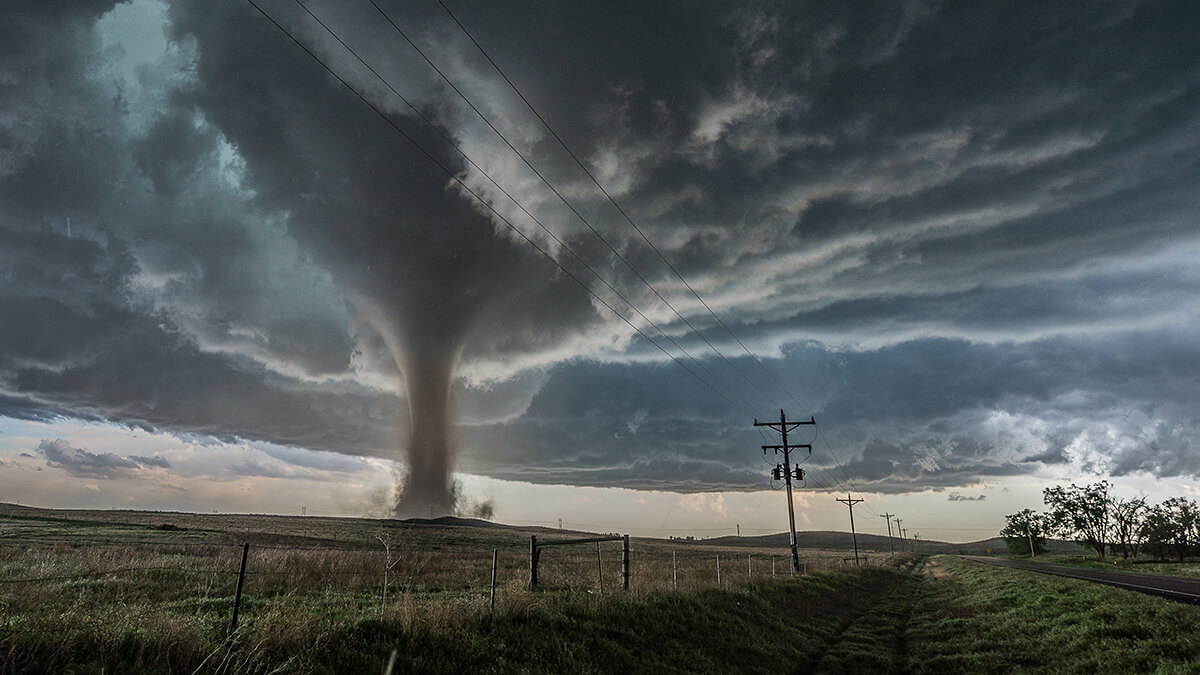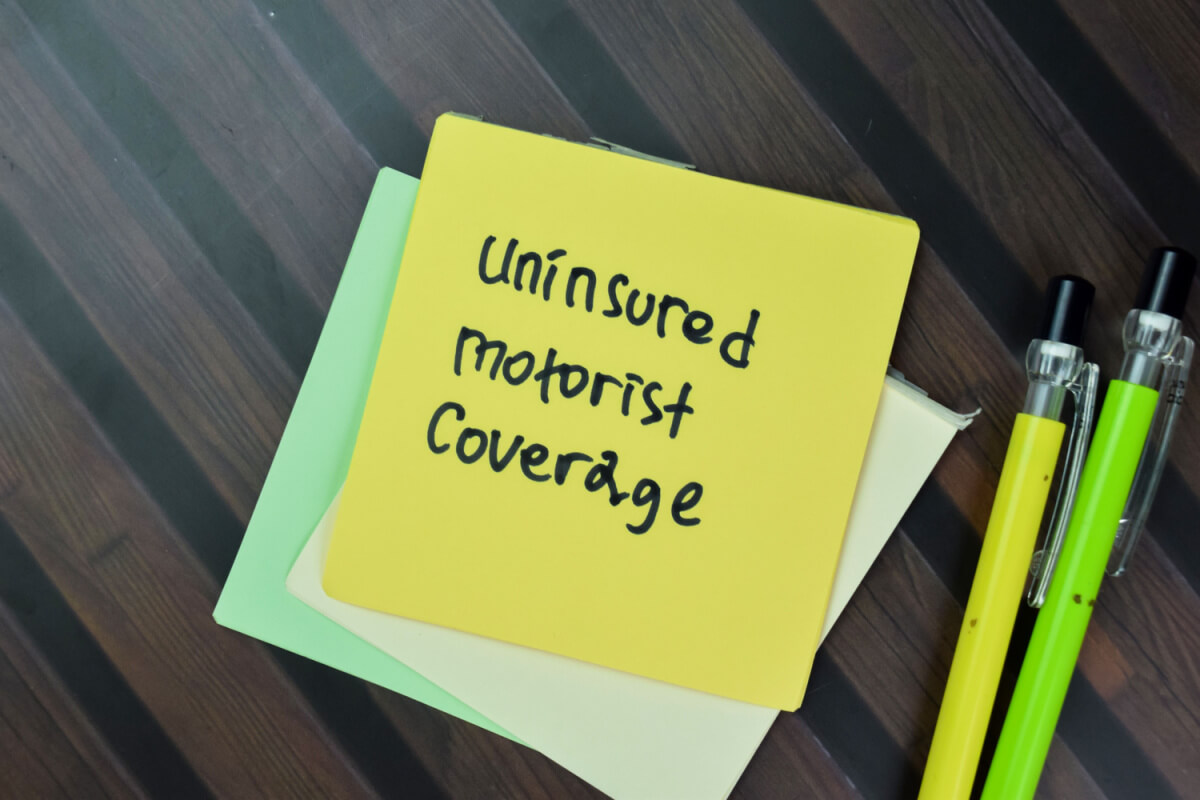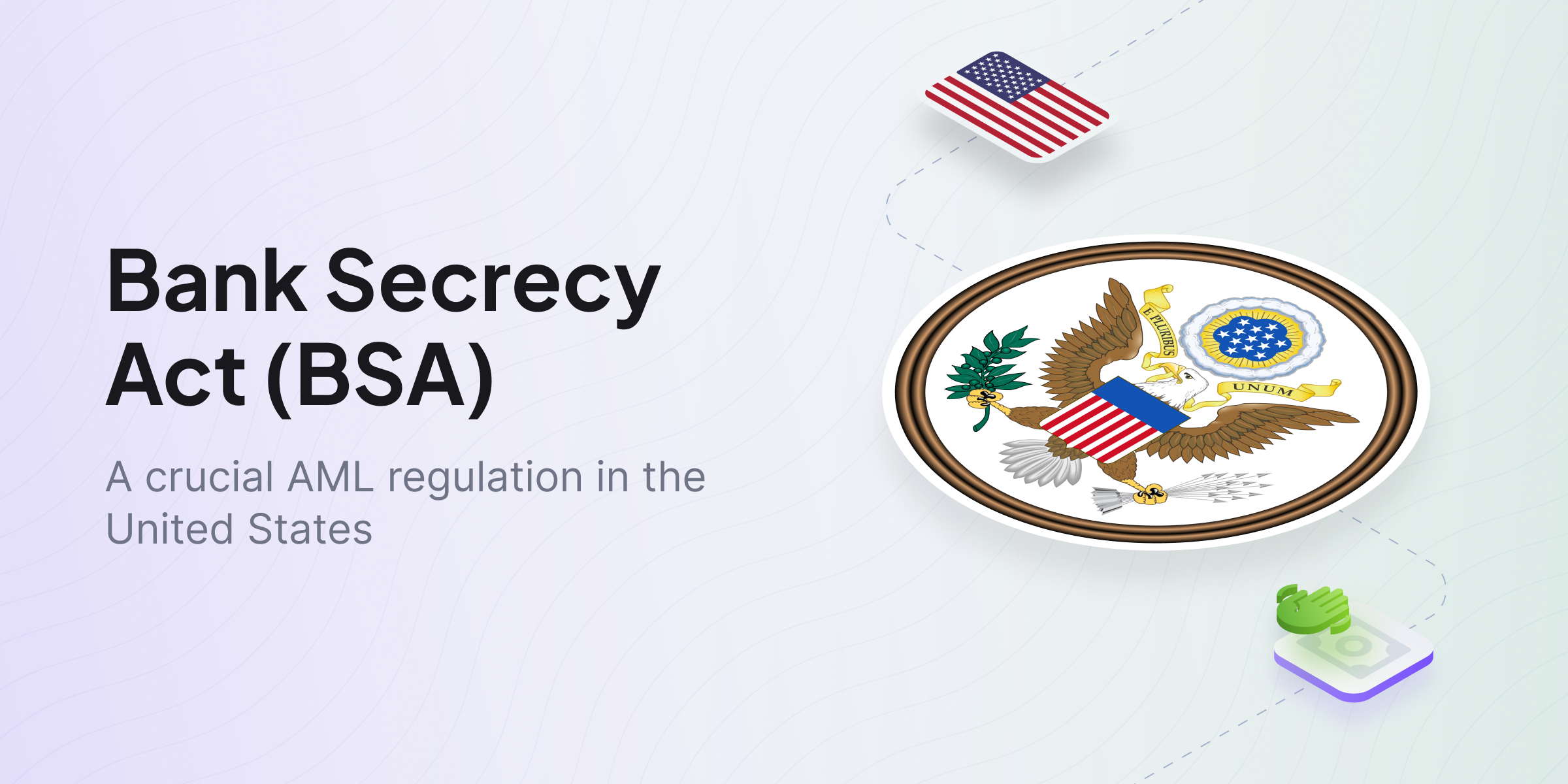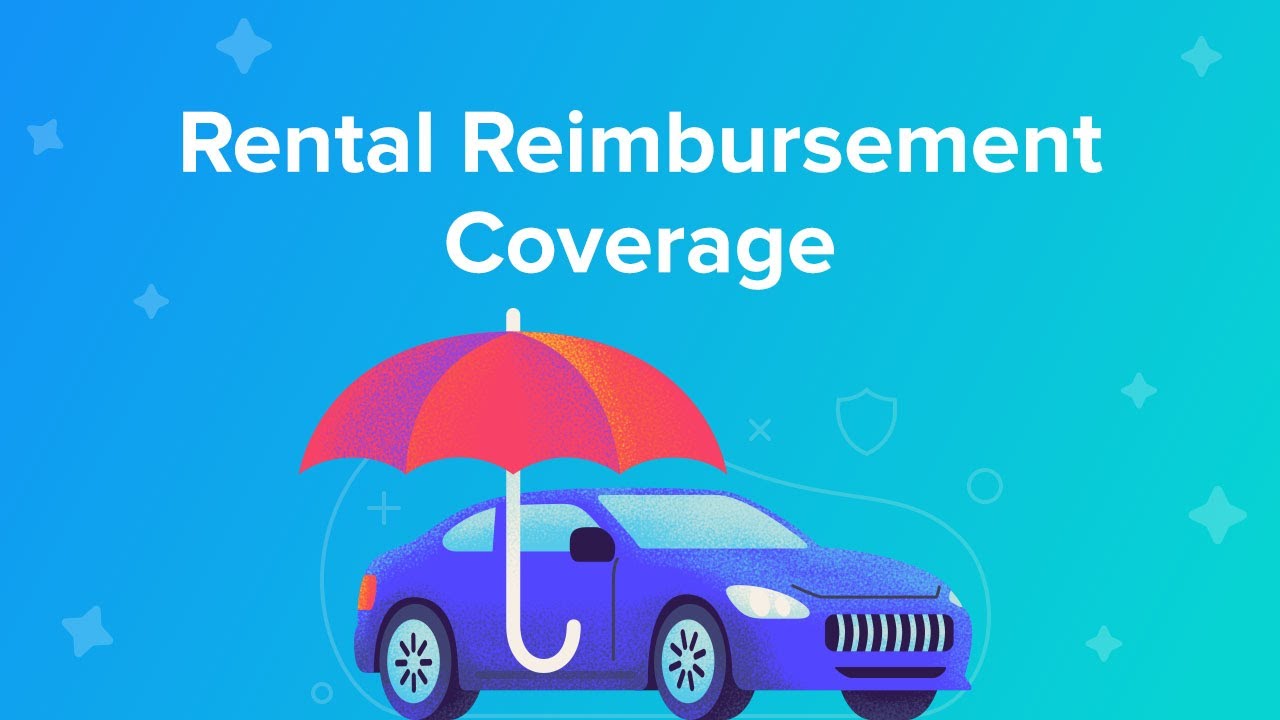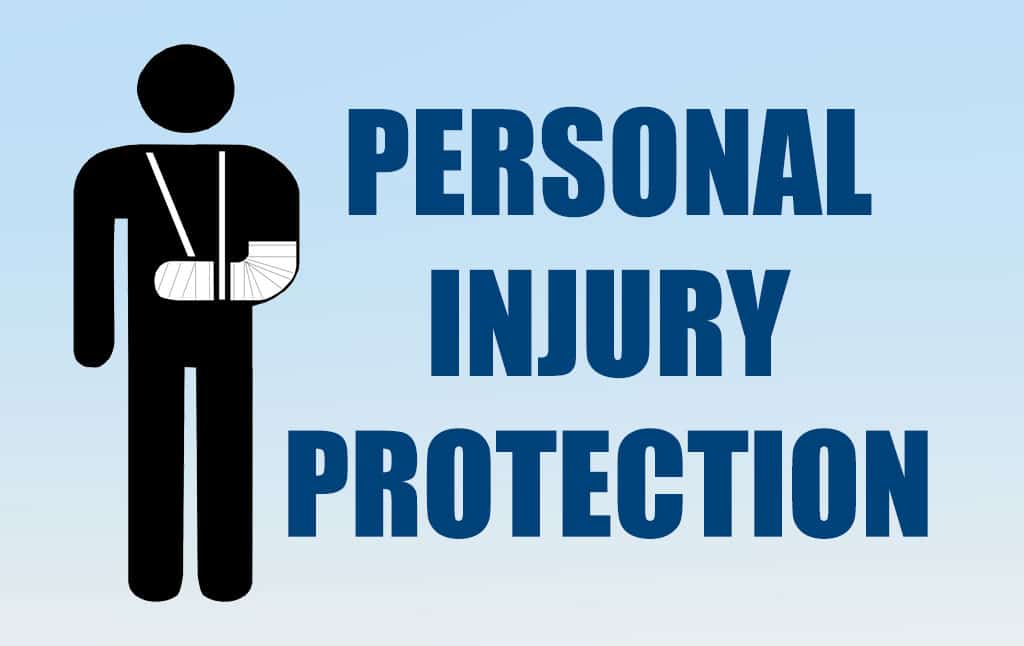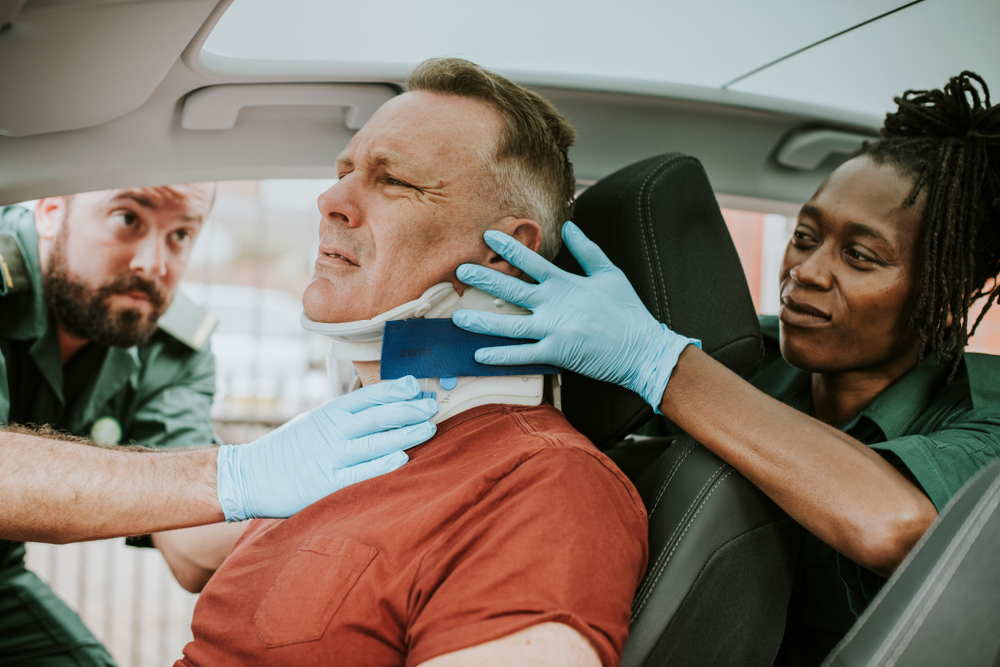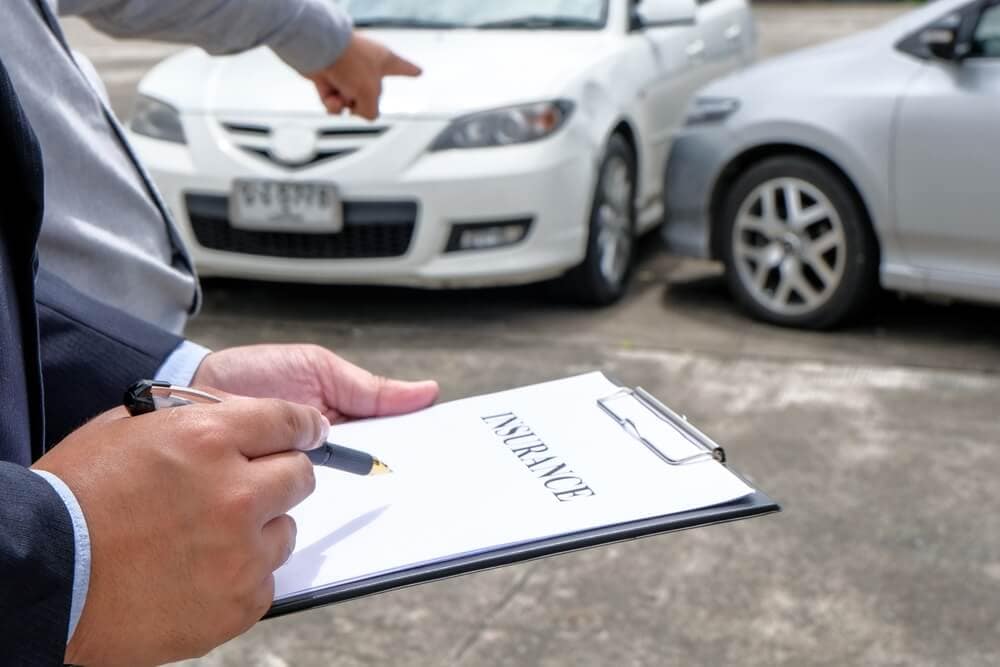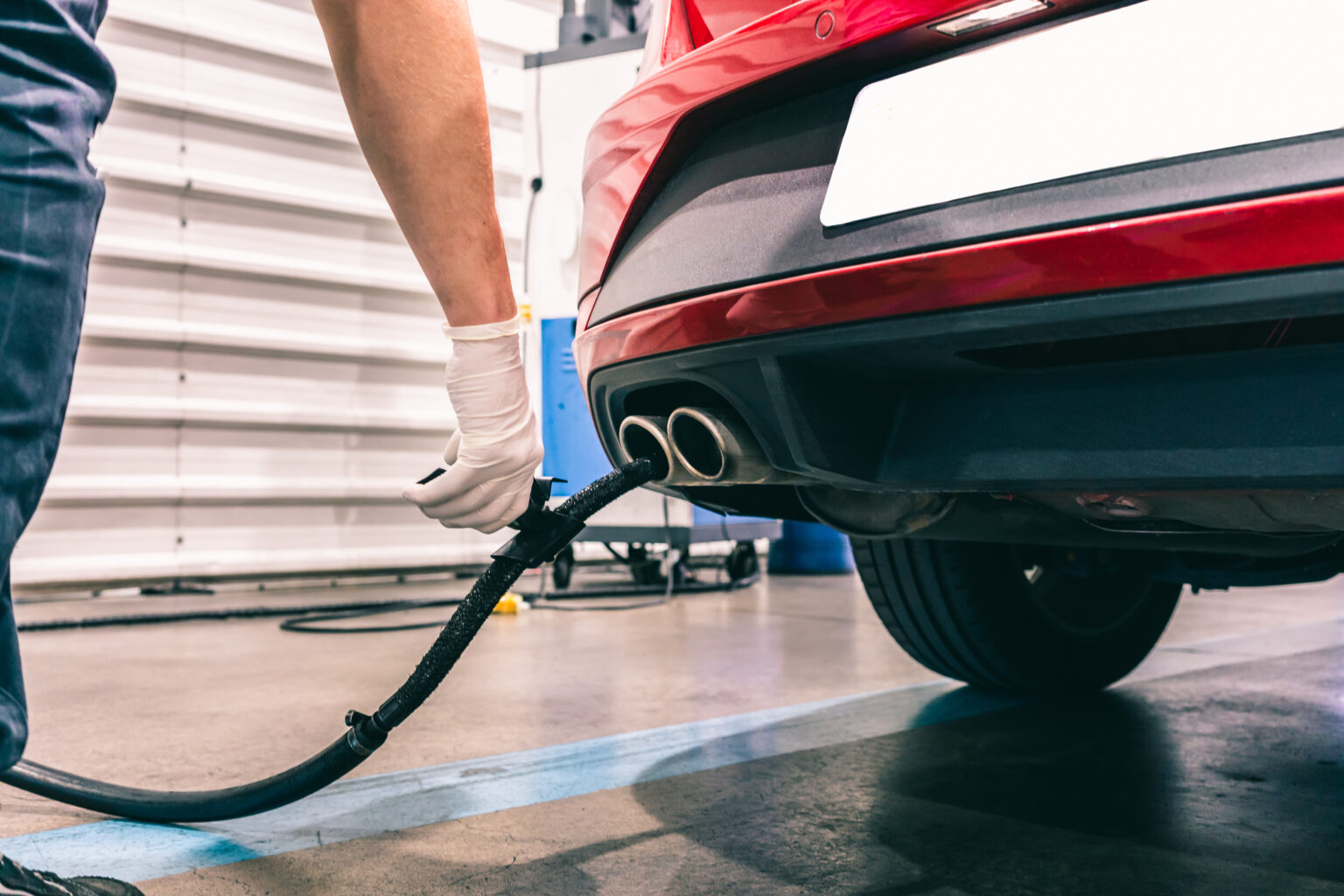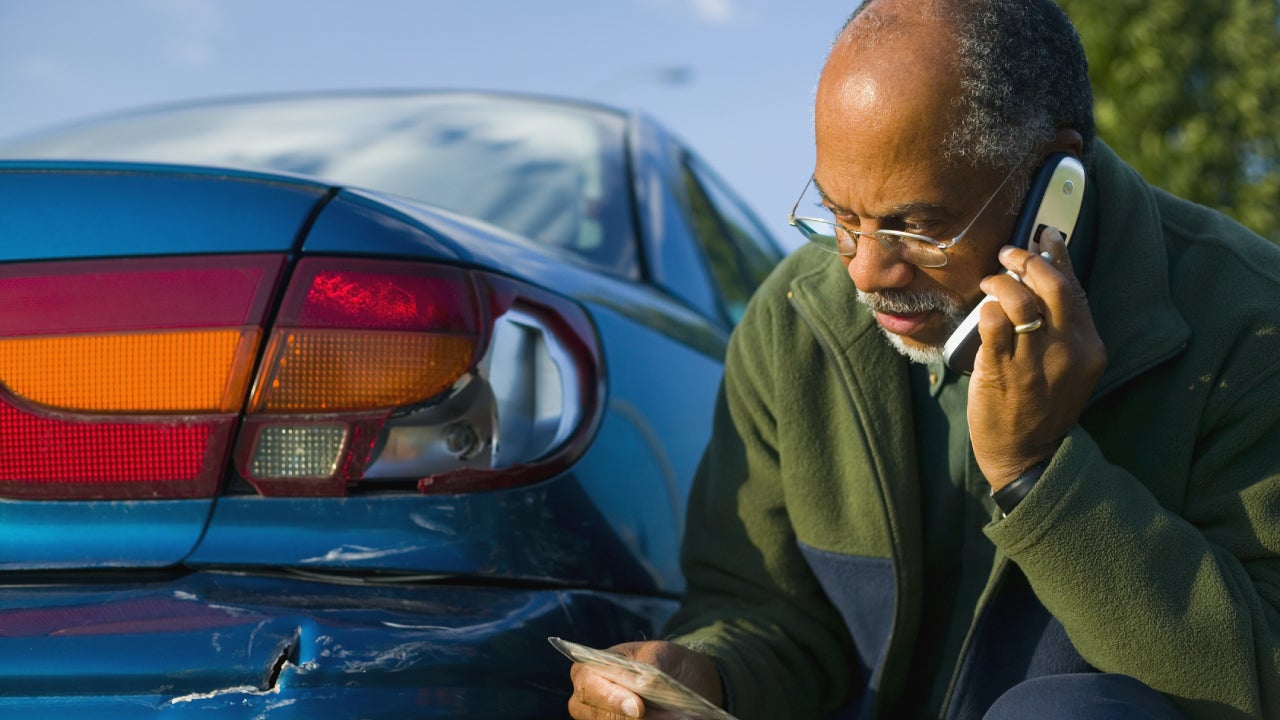Flooding can happen faster than most people realize. According to FEMA, floods are the most common and widespread natural disaster in the United States. While some floods rise gradually, flash floods strike with little to no warning—and they are the leading cause of storm-related deaths in the country.
The Florida Division of Emergency Management reports that about half of all flood fatalities happen when people try to drive through floodwaters instead of avoiding them. That’s why the best advice is simple but lifesaving: “Turn Around, Don’t Drown®.”
But what if you’re already on the road when flooding starts? Let’s walk through exactly what you should do to stay safe.
Key Takeaways
- If you see rising floodwaters, turn around whenever possible.
- If you have no choice but to drive through water, go slowly and cautiously, watching for debris and downed power lines.
- After clearing floodwaters, check your brakes and consider having your vehicle inspected by a mechanic.
How to Drive Safely Through a Flood
Flooding can transform a clear road into a dangerous waterway within minutes. If you’re caught in this situation, here’s what you need to know:
1. Respect Barricades
Flood barricades are not suggestions—they’re warnings that conditions ahead are unsafe. Never drive around them. Doing so not only puts you at risk but can also result in fines or legal consequences in some states.
👉 Learn more from the National Weather Service: Turn Around Don’t Drown®.
2. Avoid Driving Through Standing Water
Even a few inches of water can be more dangerous than it looks:
- 12 inches of moving water can sweep away a standard car.
- 18–24 inches can carry away trucks and SUVs.
Flooded roads may also be hiding collapsed pavement or debris. And if your engine stalls in deep water, trying to restart it could cause catastrophic damage. If you encounter standing water, always look for an alternate route.
3. Use Extreme Caution if You Must Drive Through Water
If turning around isn’t an option and you have no other route:
- Estimate the depth before entering.
- Drive slowly and steadily—rushing creates waves that could stall your engine.
- Avoid downed power lines, which can electrify floodwaters.
- Watch for floating debris that could trap or damage your vehicle.
- Stay off your phone unless calling for help.
- If your vehicle stalls, try restarting only if necessary to reach safety.
- If water keeps rising, abandon your car immediately and head to higher ground.
- If you can’t exit safely, call 911 for assistance.
👉 For more life-saving flood survival strategies, see the American Red Cross Flood Safety Tips.
After Driving Through Floodwaters
Once you’ve made it through, there are still a few important steps to take:
- Test your brakes at a low speed on a clear stretch of road.
- Dry your brakes by pressing gently while maintaining forward motion.
- Drive cautiously for a while to help water evaporate from your vehicle.
💡 Pro tip: Schedule a post-flood vehicle inspection with a trusted mechanic. Even if your car seems fine, water can damage brakes, transmission, and electrical systems over time.
Final Thoughts: Protect Yourself and Your Vehicle
The best way to stay safe in a flash flood is to avoid driving through water whenever possible. Floodwaters are unpredictable, powerful, and often deadly. If you’re caught in one, your quick decisions can mean the difference between safety and tragedy.
Remember the golden rule: “Turn Around, Don’t Drown®.” And when in doubt, choose safety over convenience.
If you live in a flood-prone area, it’s also worth reviewing your auto insurance coverage to make sure you’re protected. Many policies don’t cover flood damage unless you carry comprehensive coverage. Learn more about flood insurance basics from FEMA.




